You might have bumped into my previous post here about documenting Beijing’s modern architecture. Despite saying that I was “constantly exploring and looking for more interesting examples” there, well, I did not manage to do that for much longer. A couple of months later, I was tasked to move to Shanghai, one of the other megacities in China. As someone who had been wanting to taste life in a different place for a while, this opportunity came just in the perfect time.
Unlike my previous project which concentrates solely on post-war architecture, my focus in Shanghai eventually shifted to mostly pre-war. The reason behind this could use a little explanation here.
Background
After the defeat of the First Opium War in the 1840s, the Qing dynasty of China were forced to open five treaty ports including Shanghai to free foreign trade, ending the Canton System which limits all foreign trade to the port of Canton, now Guangzhou. Land in Shanghai was leased to the British Government first under the terms of the Treaty of Nanking and the French and American soon followed with the establishment of Shanghai International Settlement and Shanghai French Concession where citizens of these countries would enjoy extraterritoriality and consular jurisdiction. This marks the beginning of modern Chinese history, and to many, the century of humiliation.
Treaty powers continued to build roads beyond the settlement’s formal boundaries and effectively expanded the area of it. By 1918, Shanghai International Settlement and French Concession consisted of 19 treaty powers and covered the area of over 30 square kilometres which makes up large parts of what most still considers as central Shanghai today. As foreign trade grew, people from different countries, both treaty and non-treaty, came to live and work. Economy, education, culture, infrastructure etc. all experienced significant development, and architecture was no exception. To meet the increasing housing demand, architects from all over the world arrived at the doorstep of this booming city in Far East to show their talents and subsequently turned Shanghai into a kaleidoscope of world architecture of the time. Unlike Beijing whose cityscape is overwhelmed with post-war modern architecture influenced by our communist comrades (don’t worry, I still love them as you will see), Shanghai just has a bit of everything from Beaux-Arts and eclecticism to Art Deco and modernism.
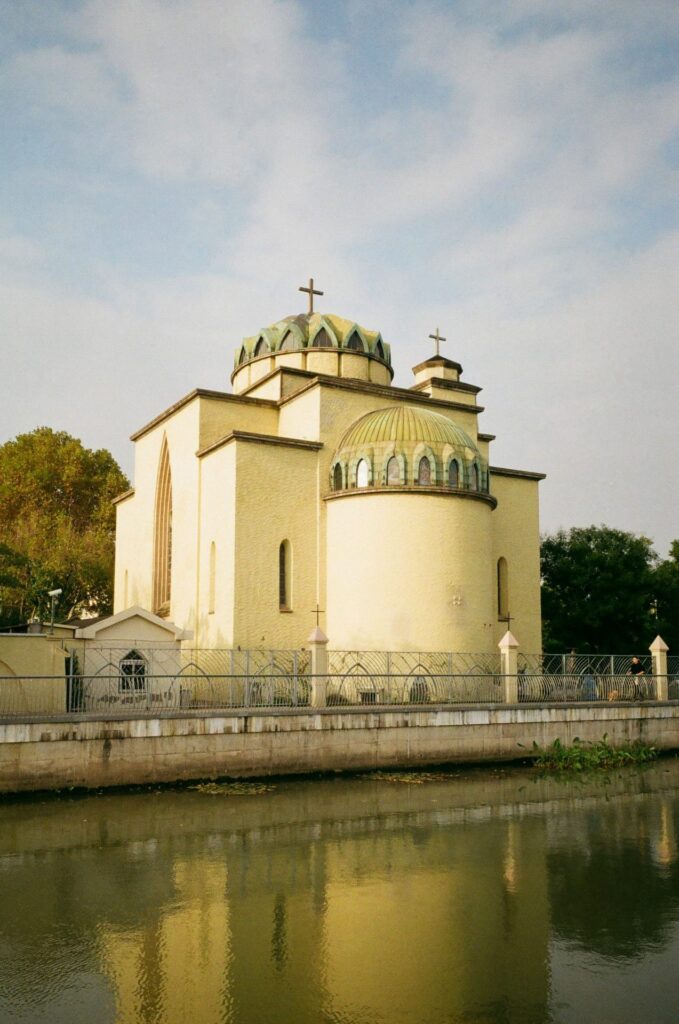
Okay, enough about the histroy. Personally, apart from the diversity of the architecture, it’s also fascinating to know that most of them are being taken good care of. 1058 buildings have been listed as Historic Buildings of Shanghai since 1989. Except some changes to their names, roads in settlement area where most of the listed buildings locate have largely stayed the same too. I for one, have become familiar with many of the roads and their equivalent names during the settlement years. In fact, 397 such roads or alleys have gained protected status since 2007 making the historic look of former settlement area well-preserved in the foreseeable future. It might be nothing to write home about in a developed country, but as the largest city of a rapidly developing nation, it’s just mind-blowing to realize that what is around in settlement area today could well be around 100 years ago bar some inevitable modern twists. Though being listed also means that buildings are mostly well-documented and are not short of stunning photographs, I try to document them with my own perspective as they are new to me and probably unknown to many anyway.
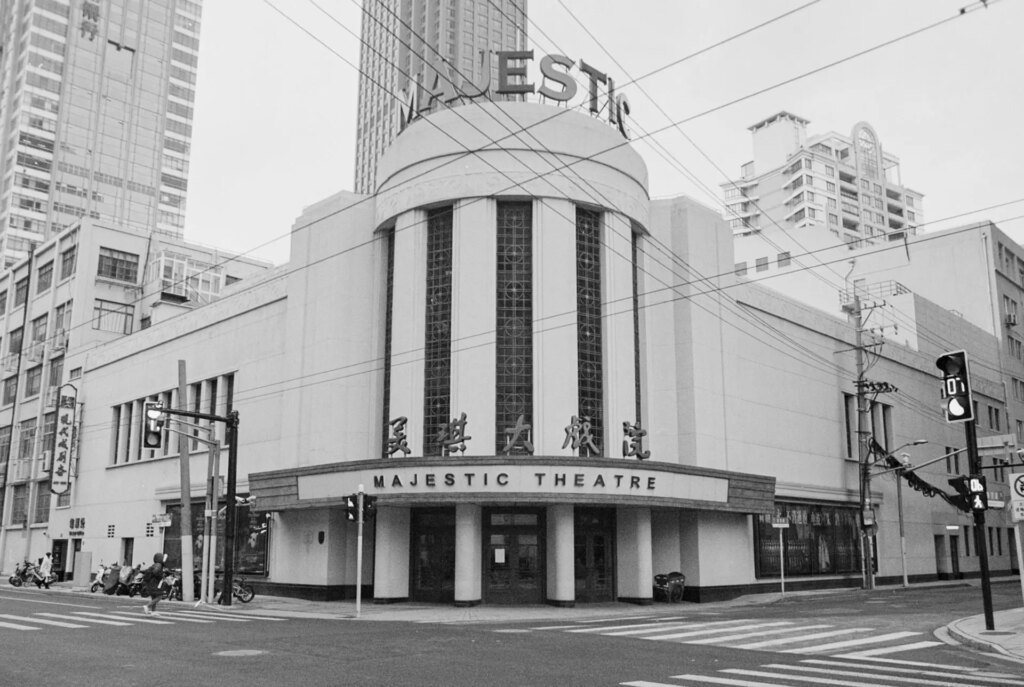
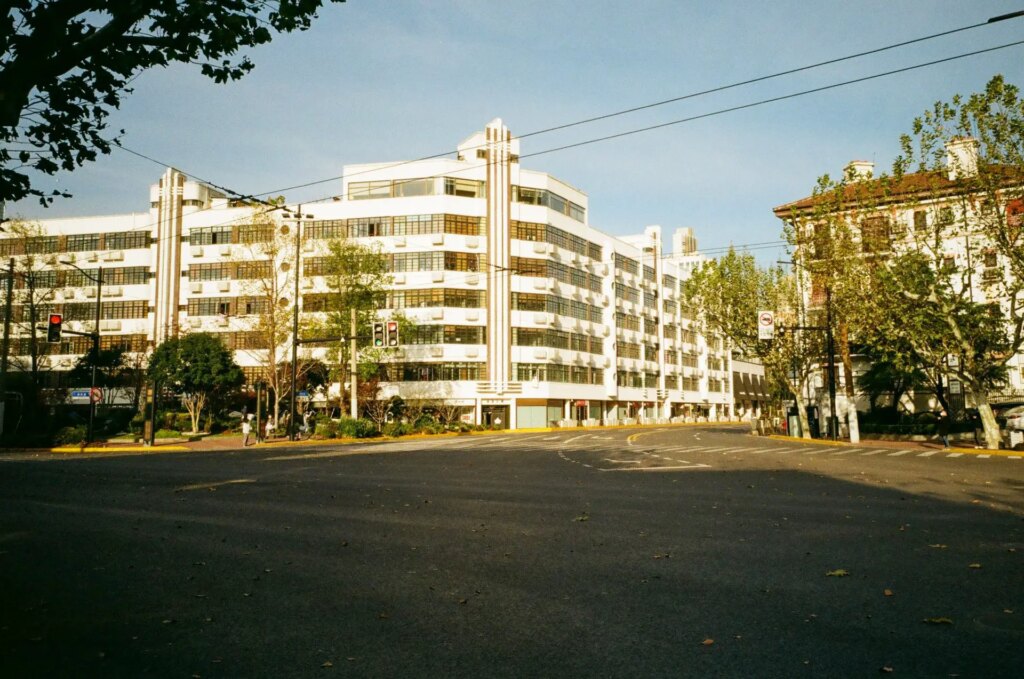
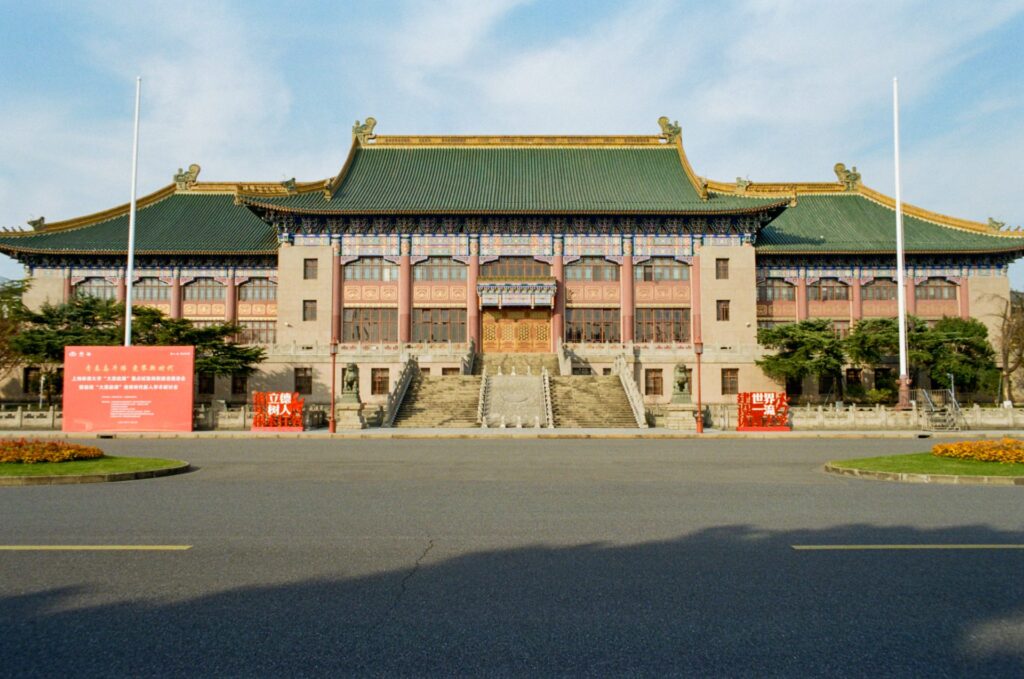
The Change
Well, they say the only constant in life is change. Photography-wise, what has changed since my previous post? There’s nothing much gear-wise as I still use my trusty Nikon FE2 but more on the methods of how I approach architecture and compose photographs. Some of them could be attributed to the difference between the way of how Beijing and Shanghai were built.
As stated above, the buildings of interest in Shanghai are mostly packed in an area of 30 square kilometres, which is approximately half the area covered by the old city of Beijing. While most of the buildings I shot in Beijing are outside that area, the density of the ones in Shanghai makes my previous approach of covering them on bike require hopping on and off too frequently. Plus, the tempo of exploring the city on foot just takes the leisure of the whole photography process to a new level.
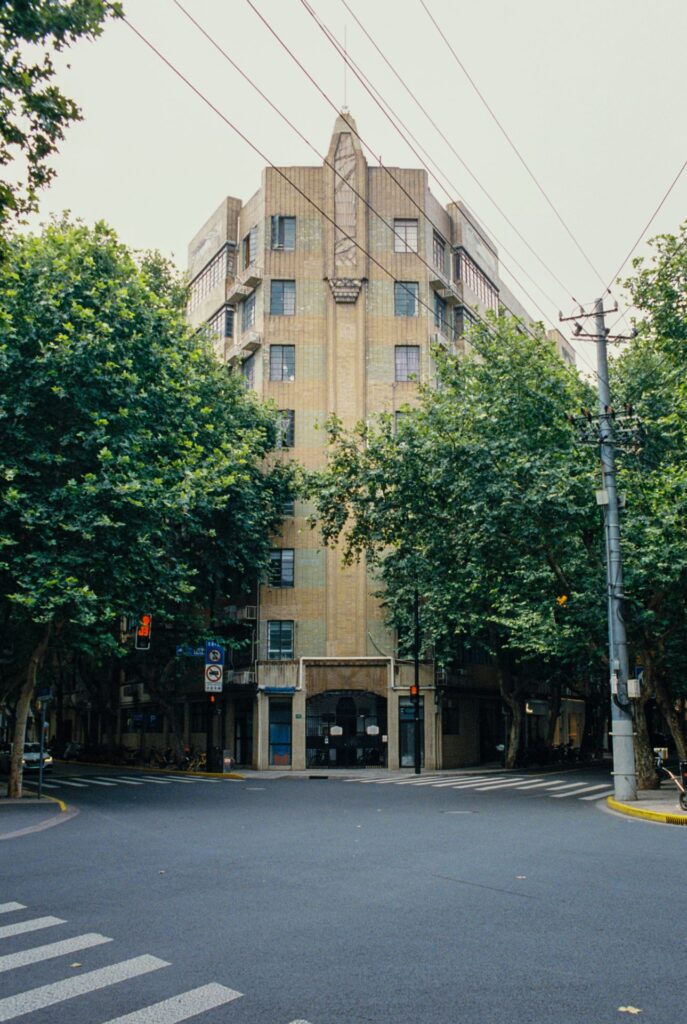
As the project unfolds, I have also become aware of the impact that cars and pedestrians make on an architecture photograph. While period correct cars probably wouldn’t hurt, it’s just not possible anymore to include such things in the picture now. What’s the solution? To include no cars at all! And to make the photograph as clean as possible, less people is always better. Of course, being in the center of a megacity, to get a picture free of people and cars, one needs to 1. get up earlier than those people and cars or 2. wait that opportunity where occasionally there is no annoying modern objects in the frame and timely press down the shutter button. I feel more fulfilled from the latter as it is more challenging and time consuming (Or maybe it’s just a way I console myself that I couldn’t get up early enough that day).
Take the following picture of Cathay Theatre as an example. I had already stood at this crossroad for over half an hour trying to figure out the pattern of the traffic here before pressing down the shutter button. Cars were already at the edge just outside the frame preparing to enter and ruin the picture. Had I pressed the button even less than a second later, the picture would have included cars from both directions.
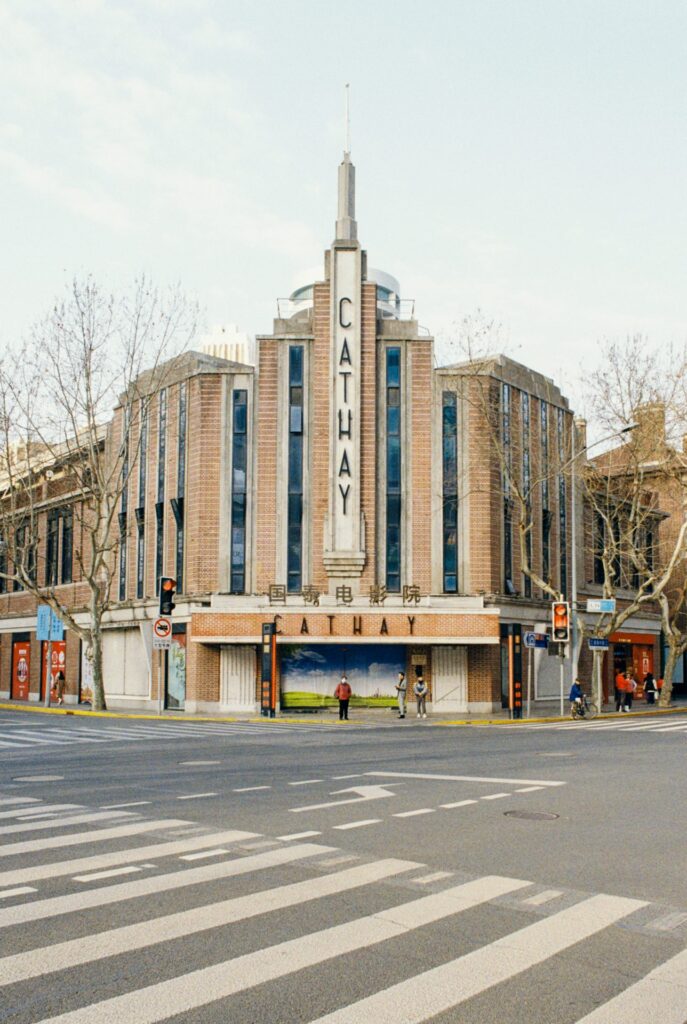
To make the photograph more comfortable to look at, I’ve recently started to try to line the vertical edges of a building parallel to the edges of the frame. By doing this, the perspective of the photographs I made is closer to how people would normally perceive architecture in my opinion. Though I don’t think there is absolute right or wrong about how to position or angle a building inside a frame, it’s important to reproduce the picture we see by the picture we make when documenting architecture. Since streets in the former settlement area are also narrower than their contemporary counterparts, a Nikkor 28mm f/2.8 Ai-s lens was added to my arsenal for situations where it’s just impossible to step back and include the whole building with a nifty-fifty.
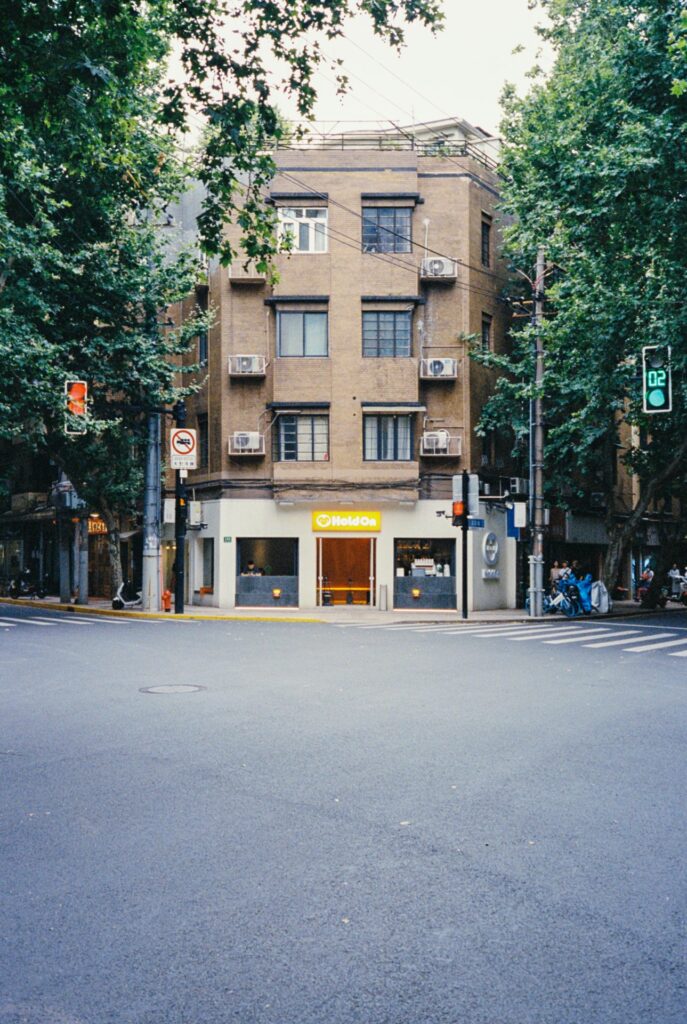
Not only are the architectural styles of the buildings diverse, they were also built for lots of different purposes. While my subjects were primarily apartment buildings and hotels in Beijing, the project in Shanghai would soon include theatre, churches, public buildings etc. The purposes of them have largely stayed the same as well making them still very accessible nowadays. Here are some of the examples.
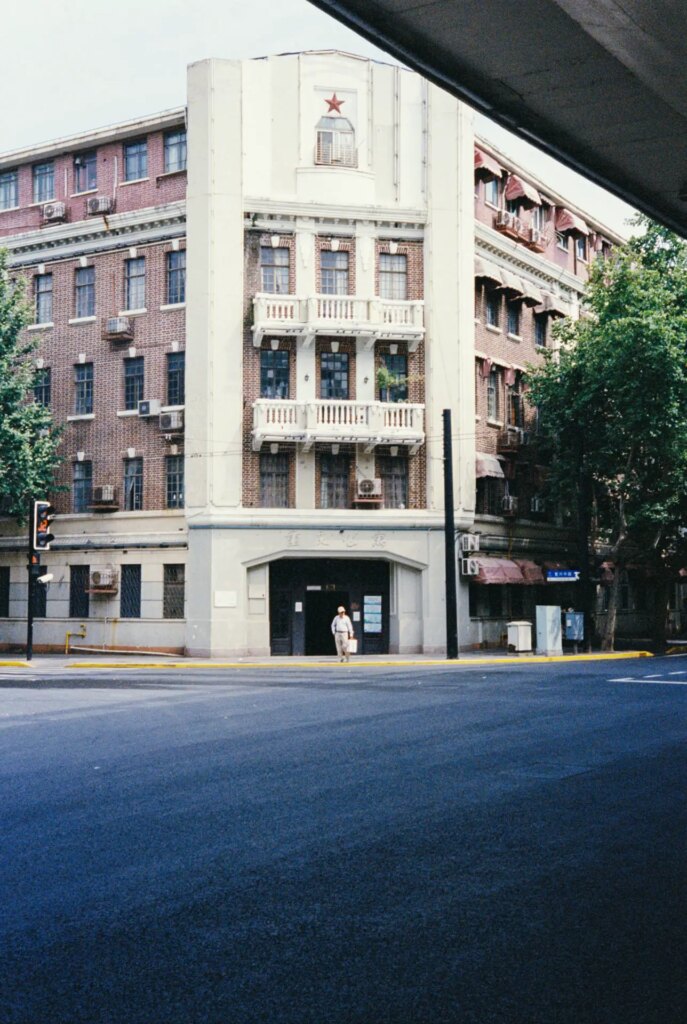
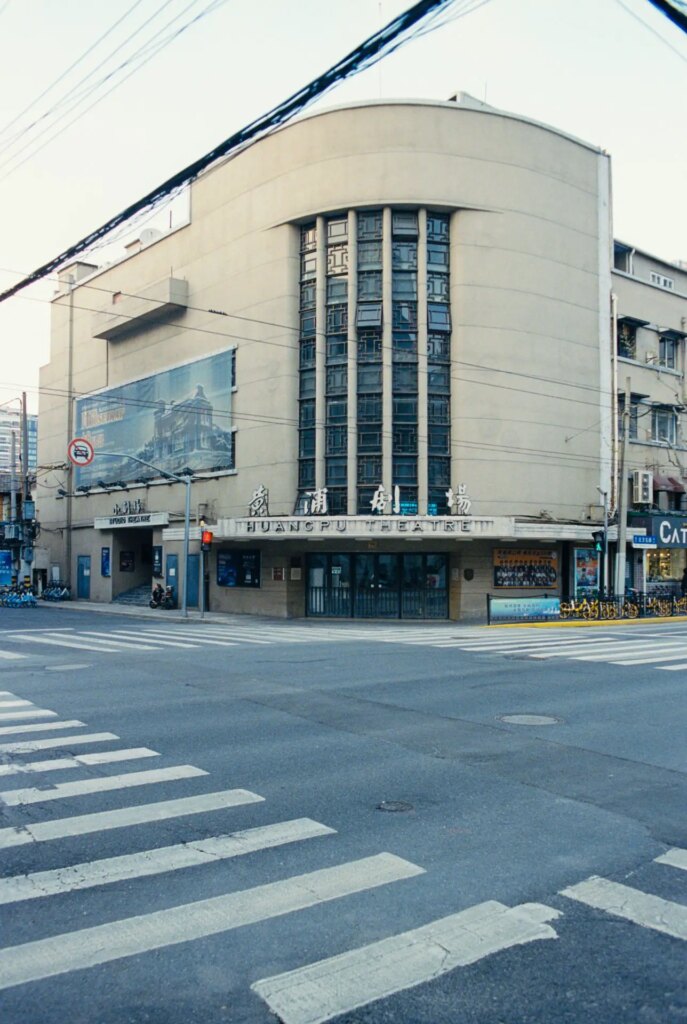
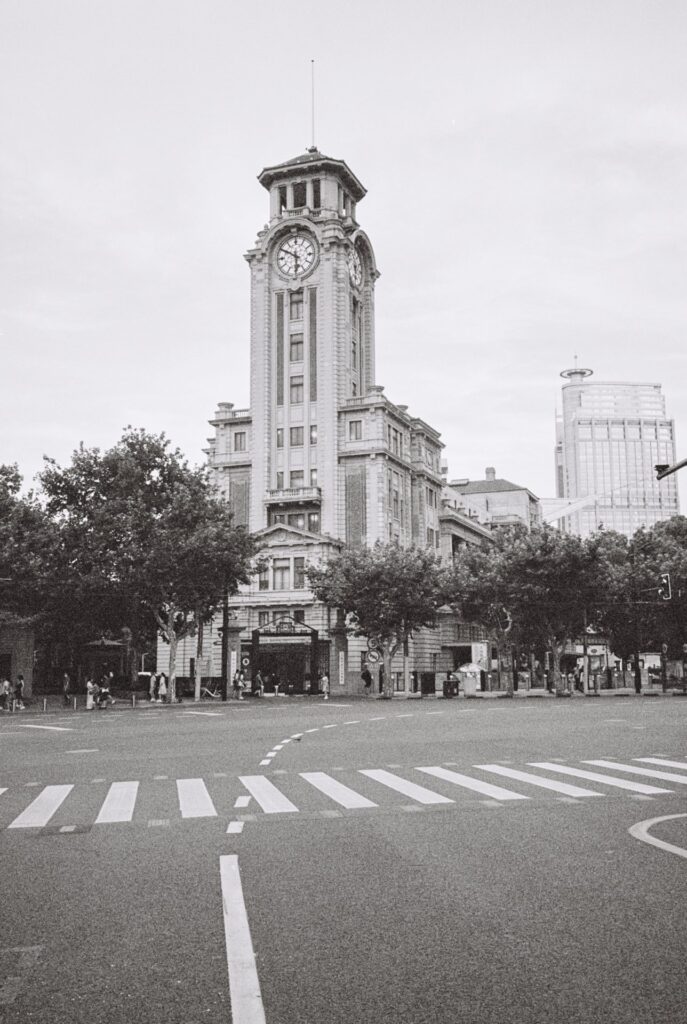
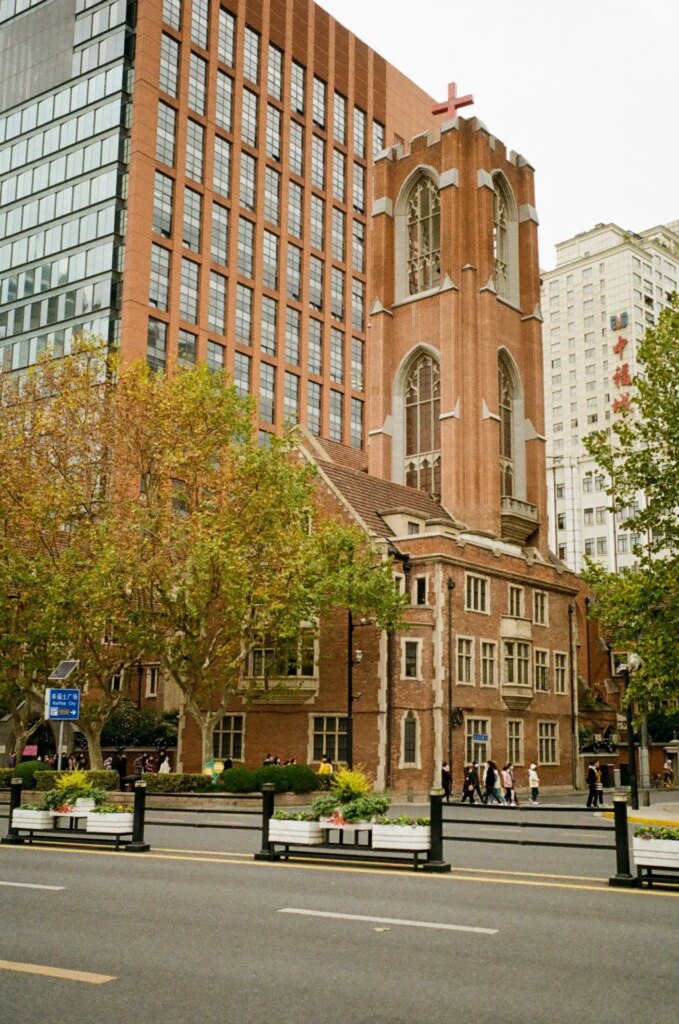
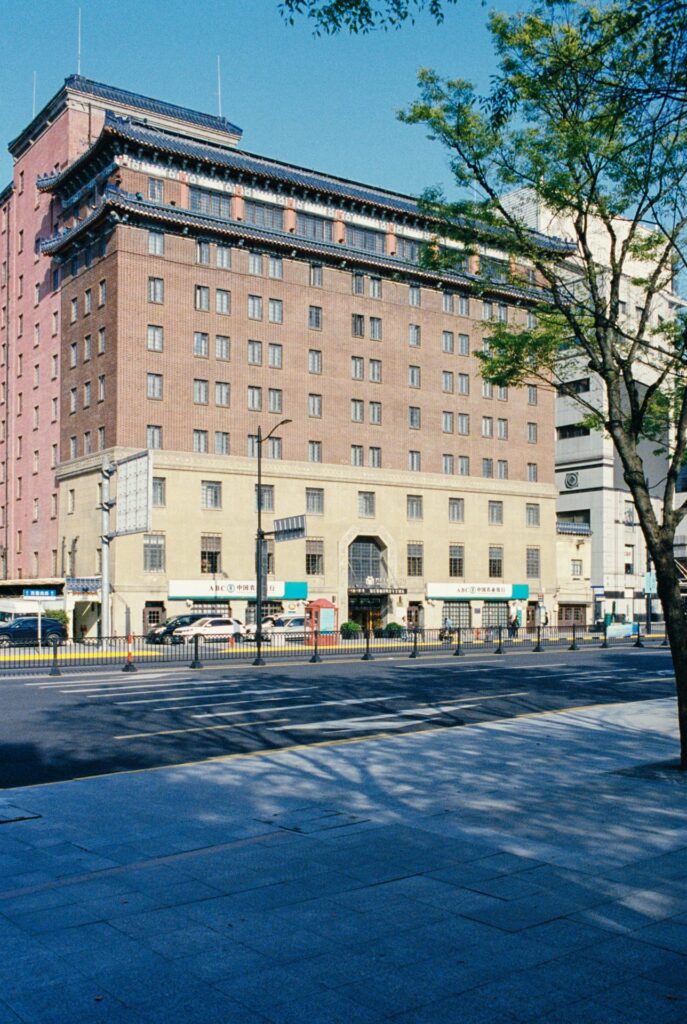
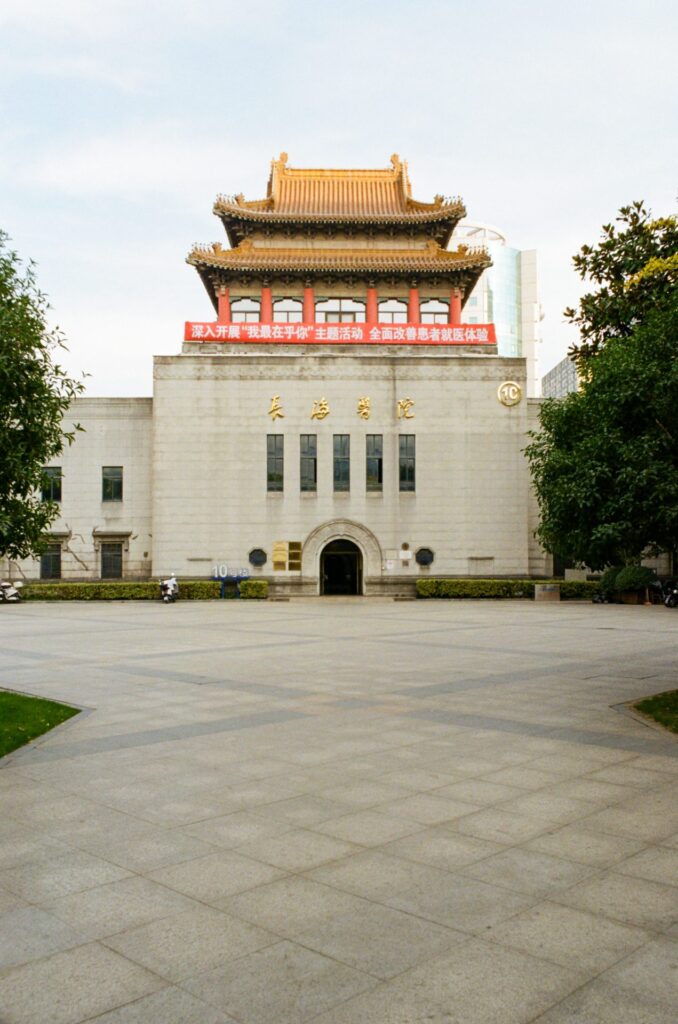
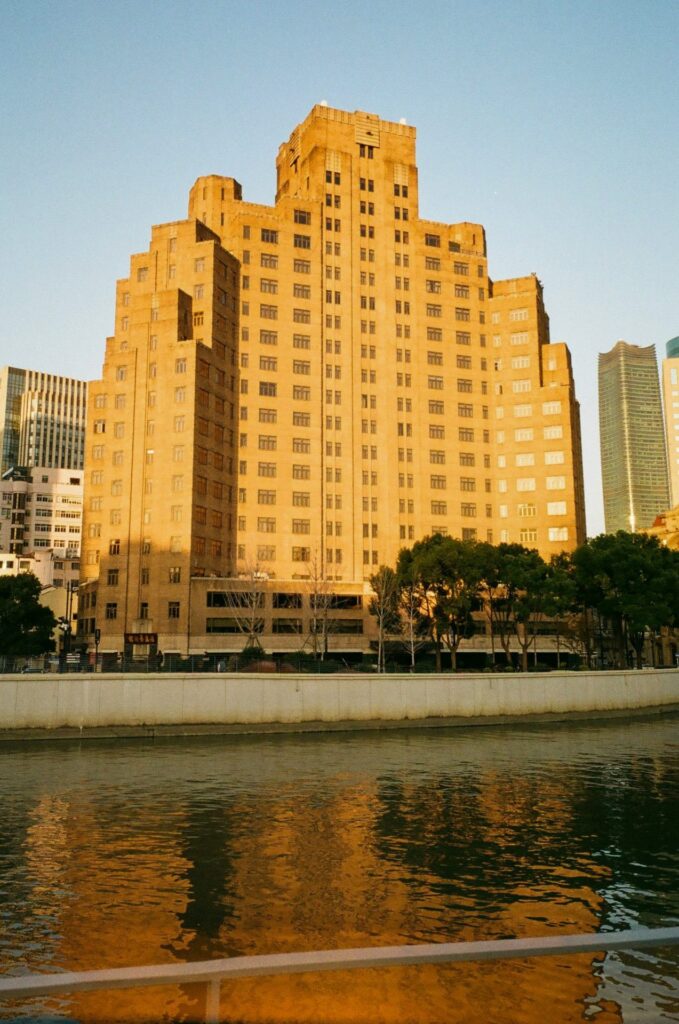
Although post-war modern architecture has not been my focus here, Shanghai is not lack of them at all. While many of such buildings look as if they had been directly duplicated from the ones in Beijing (or the other way around), there are a few that stand out in styles reminding me of why I started documenting architecture in the first place. They are still attractive to me as ever but just not the kind of architecture that makes Shanghai unique.
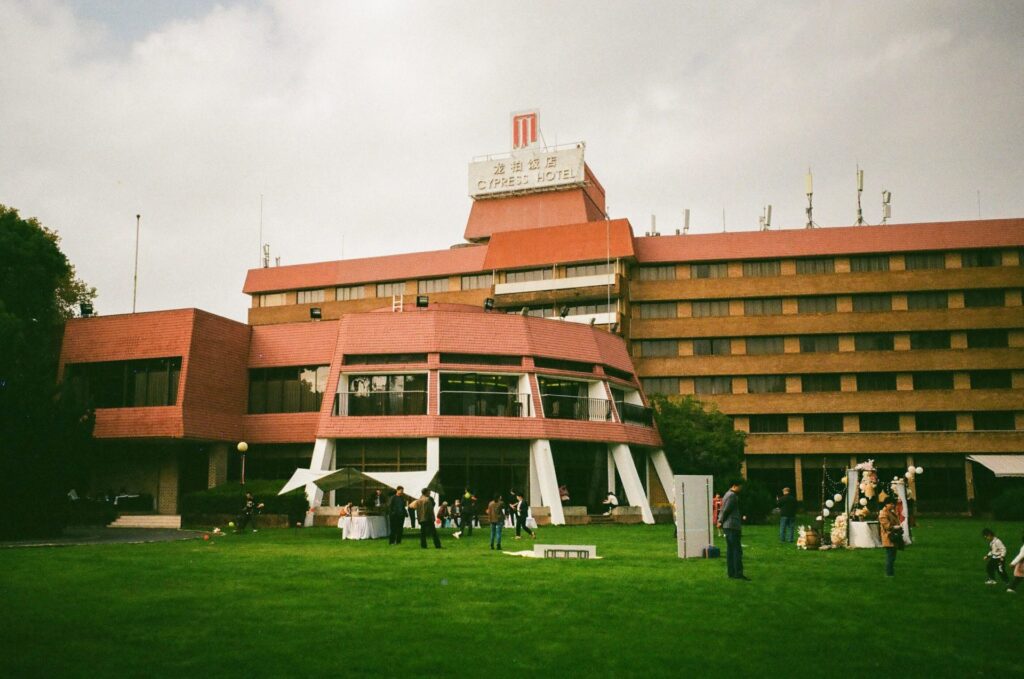
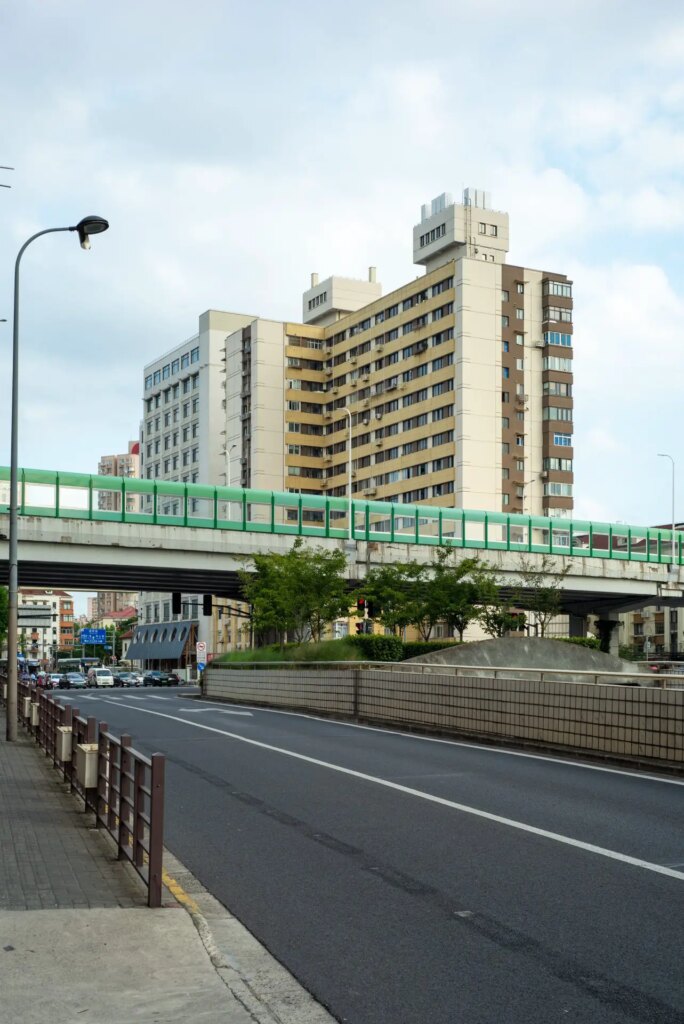
The Future
At the time of writing, I have already been in Shanghai for well over a year, or nine months more than the duration I firstly thought. My wishlist of places to photograph is still growing and I don’t think I have even covered half of them.
What next? Well as one of the comments on my previous post suggested, getting closer and digging deeper about a specific building instead of infinitely collecting pictures of different places could be a good starting point. In fact, I have already begun gathering more information about my subjects as you can see in some of my Instagram posts. Since most of the subjects are listed as Historic Buildings, Shanghai is a perfect place to start as there’s an abundance of documents for us to research further.
Where next? Well let’s see what the future holds. The only thing I know now is that as long as I’m in one place, I’ll keep exploring, documenting, and researching the local architecture there until the time comes and I leave for the next. Again, I’m by no means an expert in photography, architecture or history, please kindly point out any mistake I made here. If you have any questions about anything here, please let me know in the comment section. Hope you like the pictures.
You can find more information about the buildings on my Instagram here.
Share this post:
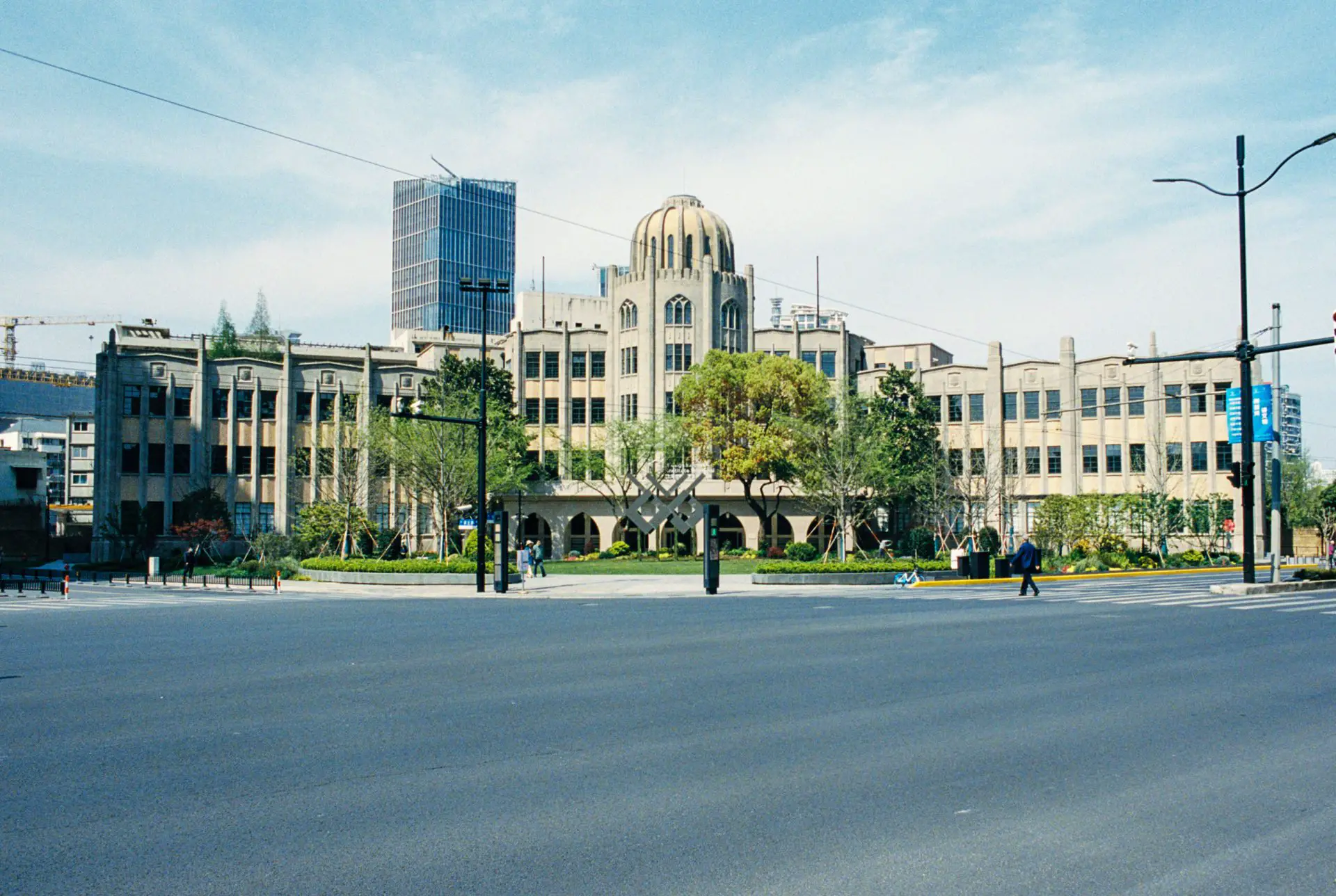
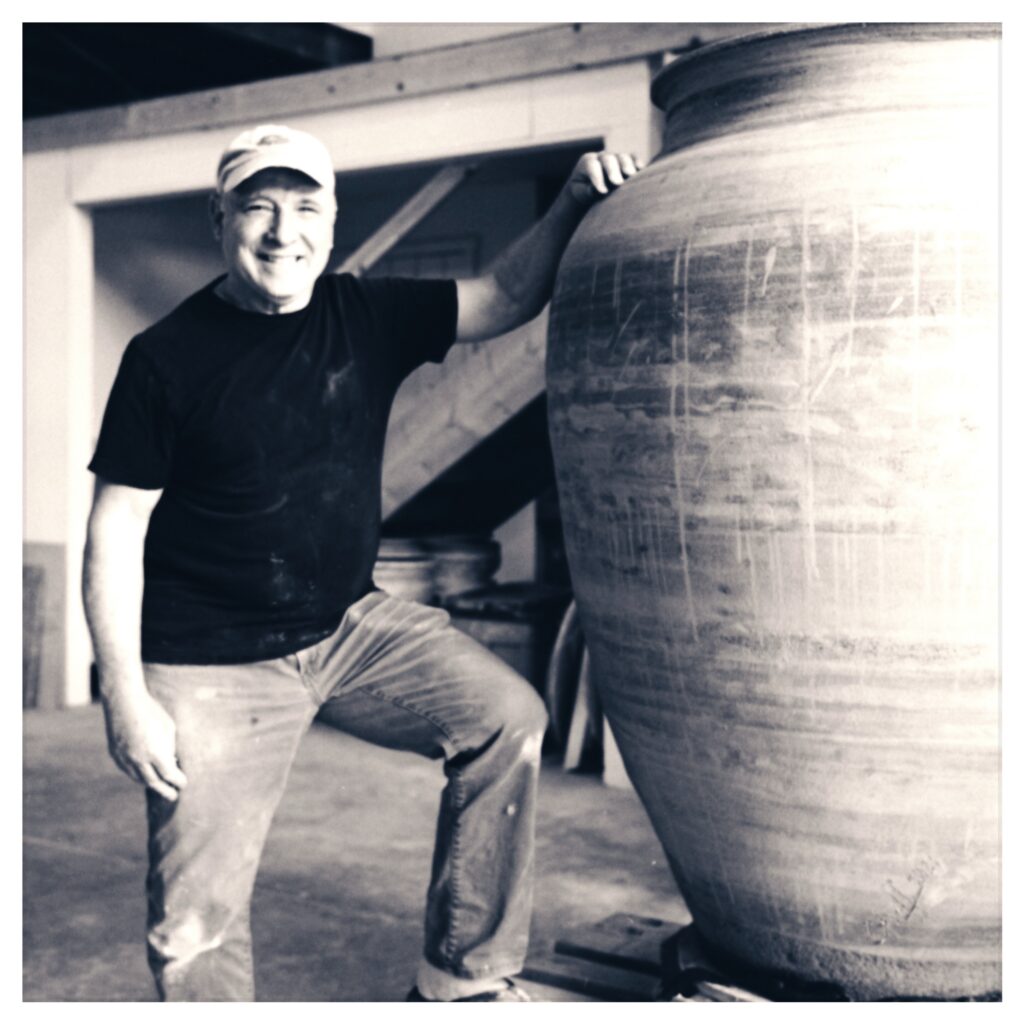
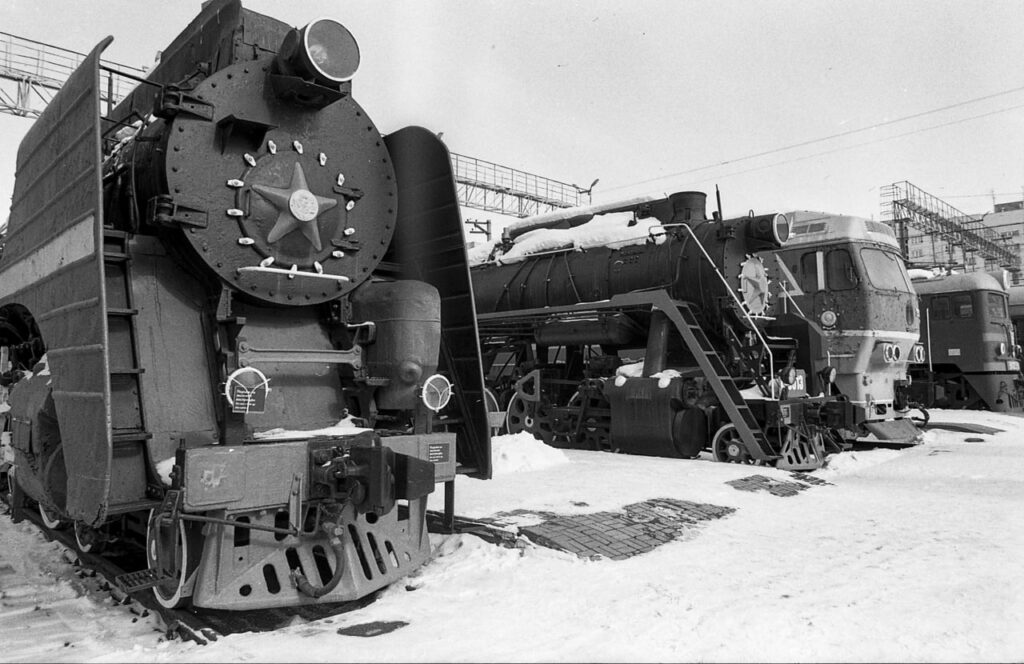
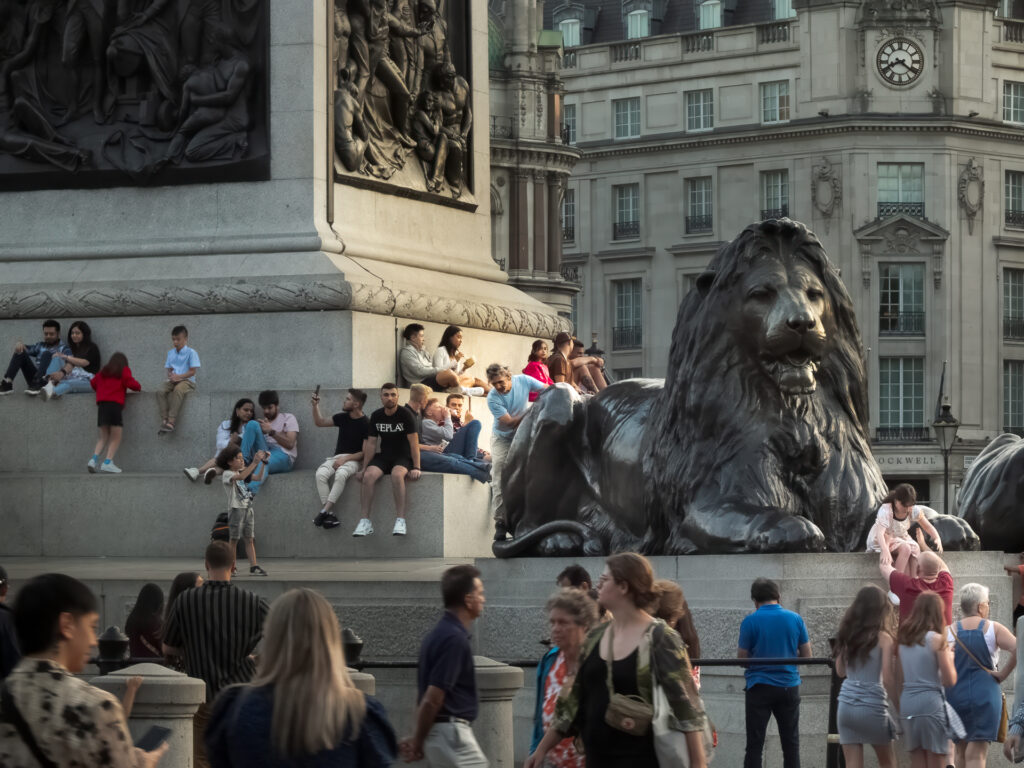
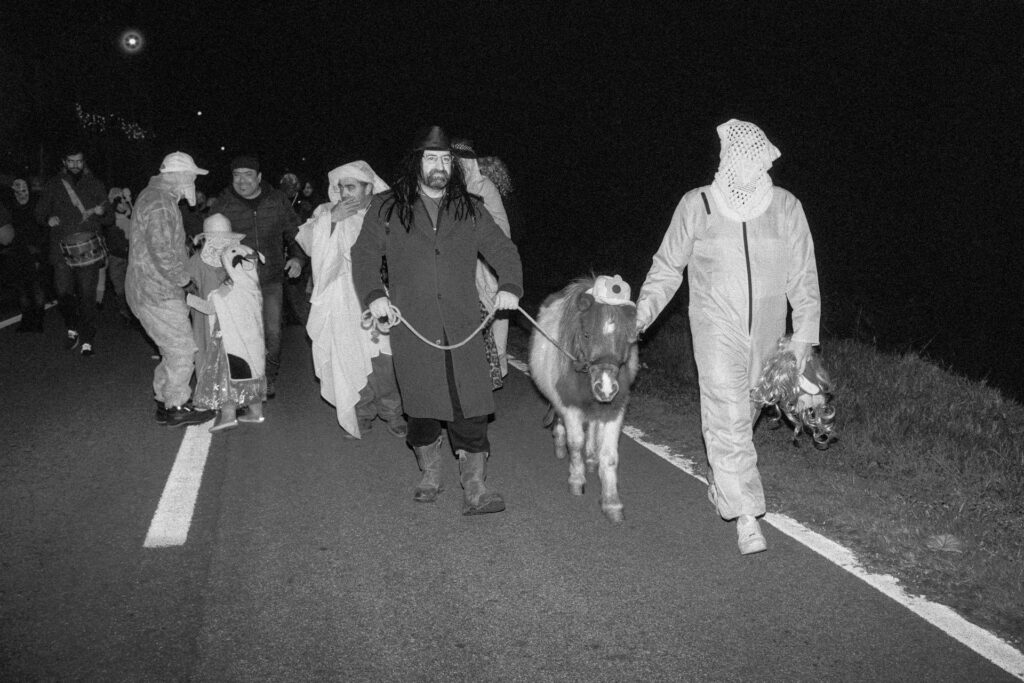




Comments
Anthony Conroy on Documenting Shanghai’s Modern Architecture
Comment posted: 12/03/2024
Wonderful images Thank you
There are some good examples from this period here also
Comment posted: 12/03/2024
Mark Azavedo on Documenting Shanghai’s Modern Architecture
Comment posted: 12/03/2024
Comment posted: 12/03/2024
Ibraar Hussain on Documenting Shanghai’s Modern Architecture
Comment posted: 12/03/2024
Comment posted: 12/03/2024
Murray Leshner on Documenting Shanghai’s Modern Architecture
Comment posted: 12/03/2024
Historically, Chinese architects are well respected in USA, too.
I have been reading a little bit about Hungarian architects too.
Nice documentation and photography.
Comment posted: 12/03/2024
Yijing on Documenting Shanghai’s Modern Architecture
Comment posted: 12/03/2024
Gary Smith on Documenting Shanghai’s Modern Architecture
Comment posted: 12/03/2024
Comment posted: 12/03/2024
Graham Orbell on Documenting Shanghai’s Modern Architecture
Comment posted: 12/03/2024
Your approach is much more formal planned and informative than my more casual snapshots mainly with a Canon 5D4 and Sigma Art 24 f1.4. Travelling around the city of 24 million is easy using the 17 line Metro and popping up anywhere that you fancy. Keep up your good work and I look forward to seeing more of it.
Comment posted: 12/03/2024
Geoff Chaplin on Documenting Shanghai’s Modern Architecture
Comment posted: 12/03/2024
Comment posted: 12/03/2024
Jeffery Luhn on Documenting Shanghai’s Modern Architecture
Comment posted: 13/03/2024
I really enjoy your concise writing and good photography. I've been doing professional photography for 50 years and I know how hard it is to avoid cars in the shots. Including parked cars!! You've done that well, especially in a busy city. How about doing some interior shots? It would be nice to see the inside of these old buildings.
Sincerely,
Jeffery Luhn
Comment posted: 13/03/2024
David Hill on Documenting Shanghai’s Modern Architecture
Comment posted: 13/03/2024
There’s a third method for removing cars and pedestrians from images: very long exposures. With a tripod, slow film, small aperture, and a ND filter, you may be able to achieve long enough exposure so that moving objects ‘ghost’ through the frame, never still long enough to register on the film.
Your observation about aligning building verticals with the side of your frame suggest you may like to explore a Shift lens for architectural photography. The manual focus PC-Nikkor 28mm 3.5 Shift and 35mm 2.8 Shift lenses are reasonably available in the used market. As you’ve certainly observed, tilting the camera to bring a tall building in the frame causes the verticals to distort. A shift lens permits you to keep the film plane parallel to the subject while shifting the view upwards to capture the building…
Comment posted: 13/03/2024
Jim Hofman on Documenting Shanghai’s Modern Architecture
Comment posted: 14/03/2024
Once again - excellent article. Keep up the good work!
Comment posted: 14/03/2024